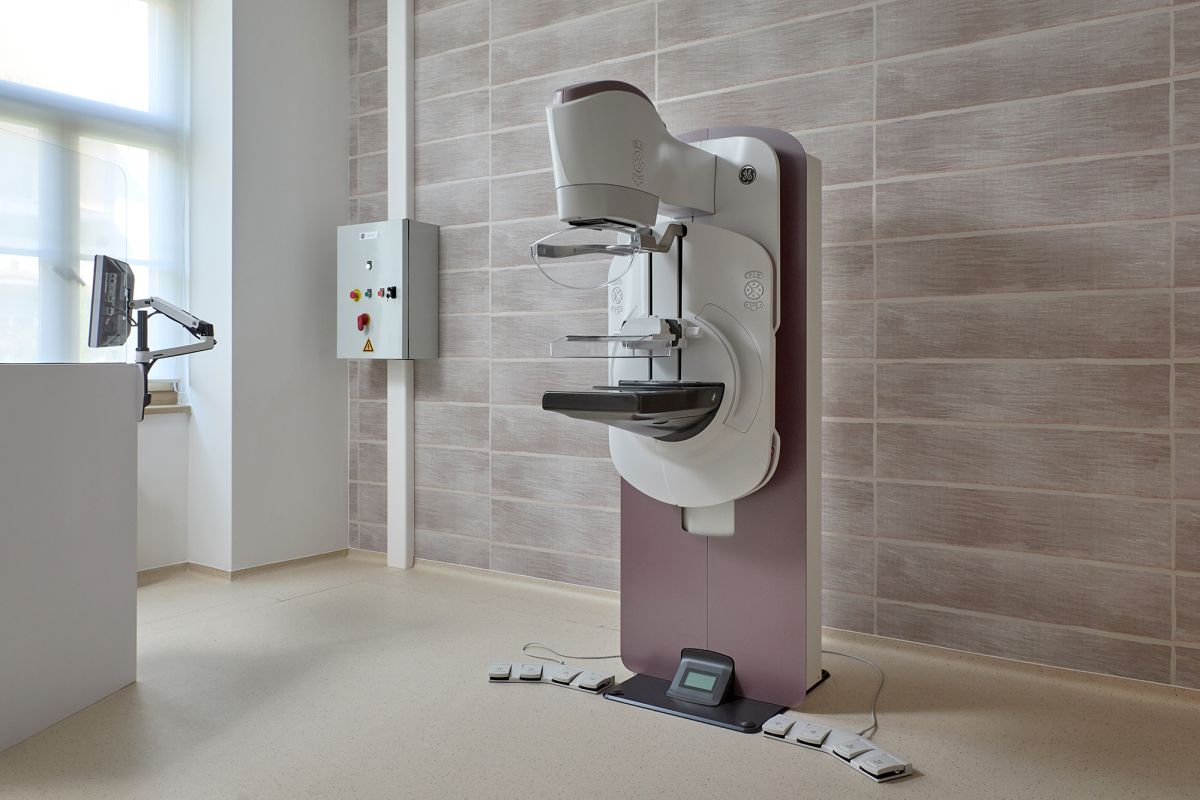Breast Cancer in Women
Breast cancer is the most common type of cancer among women, both in terms of incidence and mortality. Statistics show that it may affect one in ten women during their lifetime. While the exact causes of breast cancer are not fully understood, stress, obesity, unhealthy lifestyle habits, and genetic factors are known to contribute.
Regular mammography screenings, along with self-examinations, play a crucial role in early detection, thereby improving survival rates. Breast cancer detected early is easier and more successfully treated.
Mammography and Tomosynthesis
Mammography is an X-ray examination of the breasts that allows early detection of breast tumors using a low radiation dose. For optimal image quality and reduced radiation exposure, proper compression of the breasts is necessary.
In addition to conventional mammography, breast tomosynthesis is available—and recommended for many patient groups—which provides a three-dimensional X-ray view of the breasts. Tomosynthesis can detect 29–41% more breast cancers than traditional mammography, while the additional radiation exposure is minimal. This method is particularly beneficial for women with dense, glandular breast tissue.
At Mind Clinic, we use one of GE Medical Systems’ most advanced mammography devices, the Senographe Pristina, for our patients. Its advanced software ensures that the radiation dose difference between tomosynthesis and conventional mammography is minimal.

